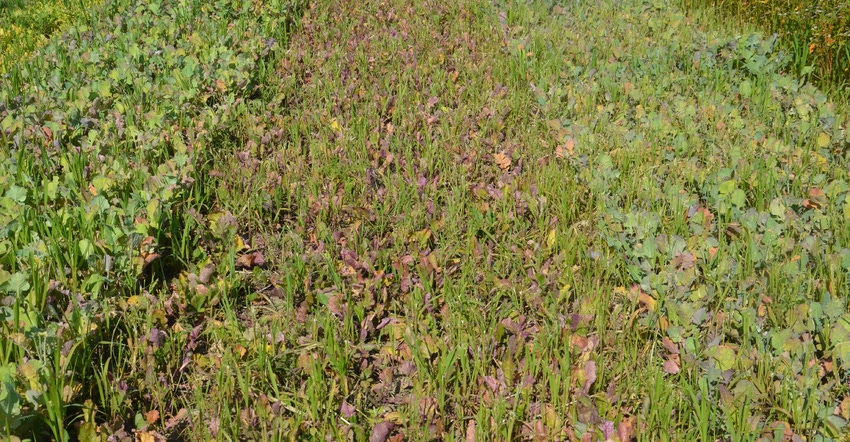January 18, 2021

One way that conservationists relate the importance of soil to school youth is by asking: “What on a pizza does not come from the soil?” Students soon realize that almost everything on a pizza comes from the soil, except anchovies. As we talk about soil health, maybe we need to talk about all those pizza ingredients — and every other food that humans and livestock consume. Can we produce food with a higher nutrient density by improving the health of our soil? It is a question that begs an answer!
Farmers plant into soils that have been degraded over the last 75 years largely due to extensive tillage and a monoculture of corn or soybeans. You produce ever-increasing yields using fertilizer, pesticides and improved genetics. However, many consumers wonder if the nutrient density of those crops is less than crops grown before the advent of modern agriculture. Are we growing a high quantity of lower-quality food?
Can we grow more nutrient-dense crops if we build a healthy soil? Many farmers feel that one of the long-term benefits of building a healthy soil will be growing a higher, nutrient-dense crop that may bring a premium. How are those farmers improving soil health and thereby over time improving the nutrient density of their crops? The following principles provide the foundation in building a healthy soil:
Increased diversity. Plants on the soil surface directly impact the soil biological community below the surface. There are no monocultures in nature. Different kinds of crops and cover crops help feed and support the biology in the soil. Add diversity with cover crops and/or try to work wheat back into your rotation.
Living roots. The sun is the ultimate source of energy. Try capturing that energy and putting it to work for you. This can be done by planting a cover crop anytime a cash crop isn’t being grown, especially over the winter. A living root will help keep the microbiology in the soil healthy and productive.
Decreased disturbance. Extensive tillage is detrimental to soil health. The biological community is flipped upside down, pore channels are broken, and organic matter is lost due to oxidation of carbon. Every tillage pass means a loss of soil carbon and reduced soil organic matter.
Constant cover. Always keep residue, mulch or plant stalks on the surface of the soil. The purpose for soil cover isn’t just erosion protection. Residue also maintains stable conditions for the microorganisms. Residue at the surface goes a long way toward maintaining that consistency by insulating the soil surface. Soil microbes also live in the residue at the soil surface and convert it into organic matter and nutrients. All commercial forms of nitrogen must be converted by soil microbiology to a form your crop can use.
Commitment. Make a commitment to invest in healthier soil in 2021. The soil is much more than a medium for growing crops; it is a living biological ecosystem. Billions of tiny microorganisms create a favorable environment for plants to grow. Allow these microorganisms to work for you, and in turn, reap the benefits.
Donovan is a district conservationist with the Natural Resources Conservation Service. He writes on behalf of the Indiana Conservation Partnership.
About the Author(s)
You May Also Like






